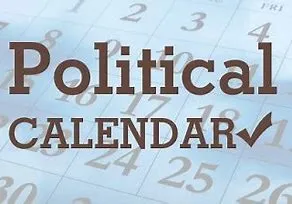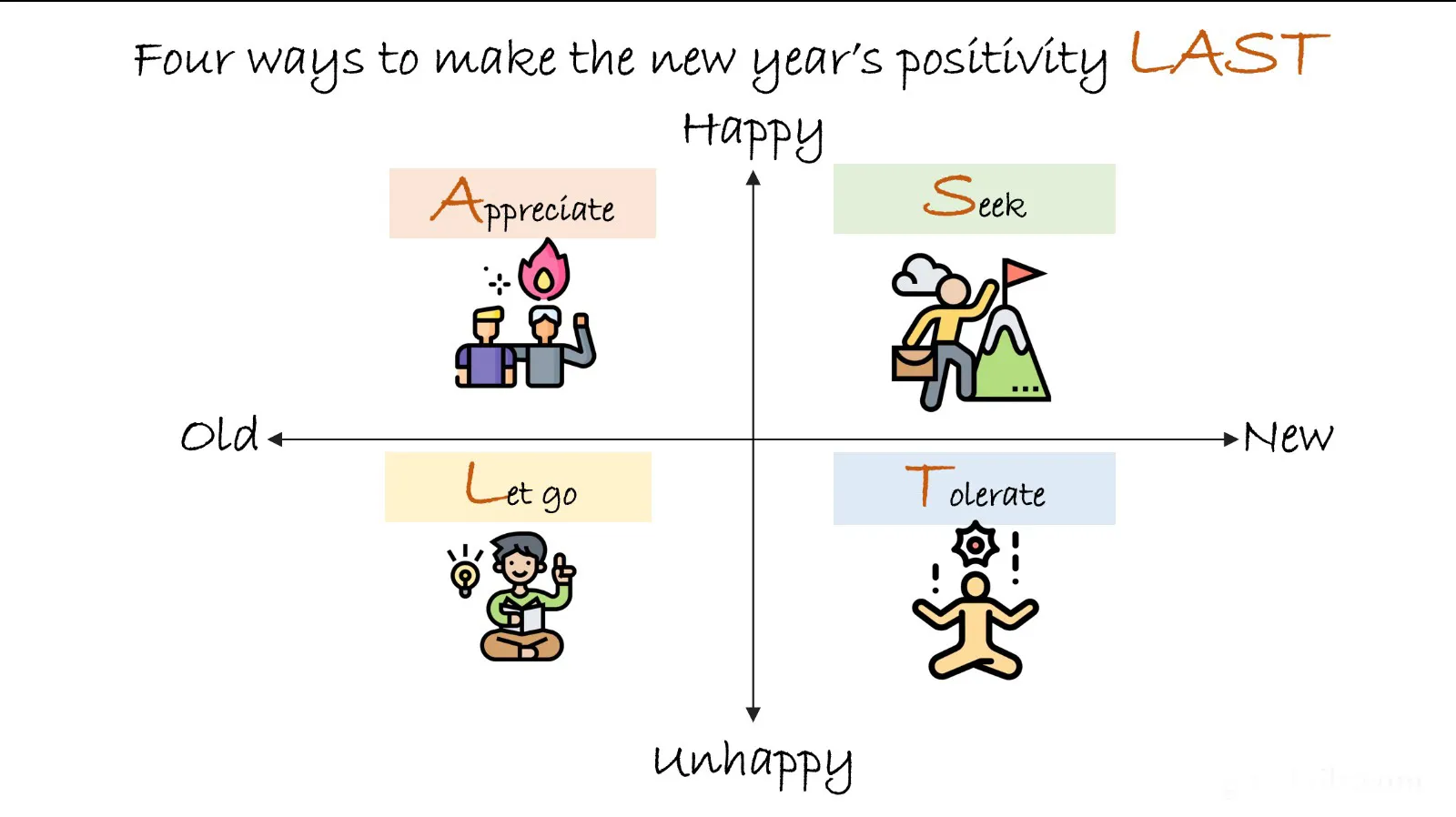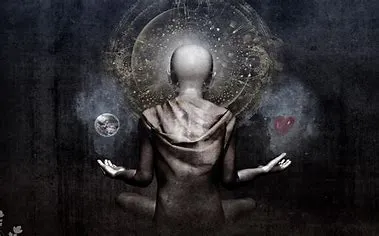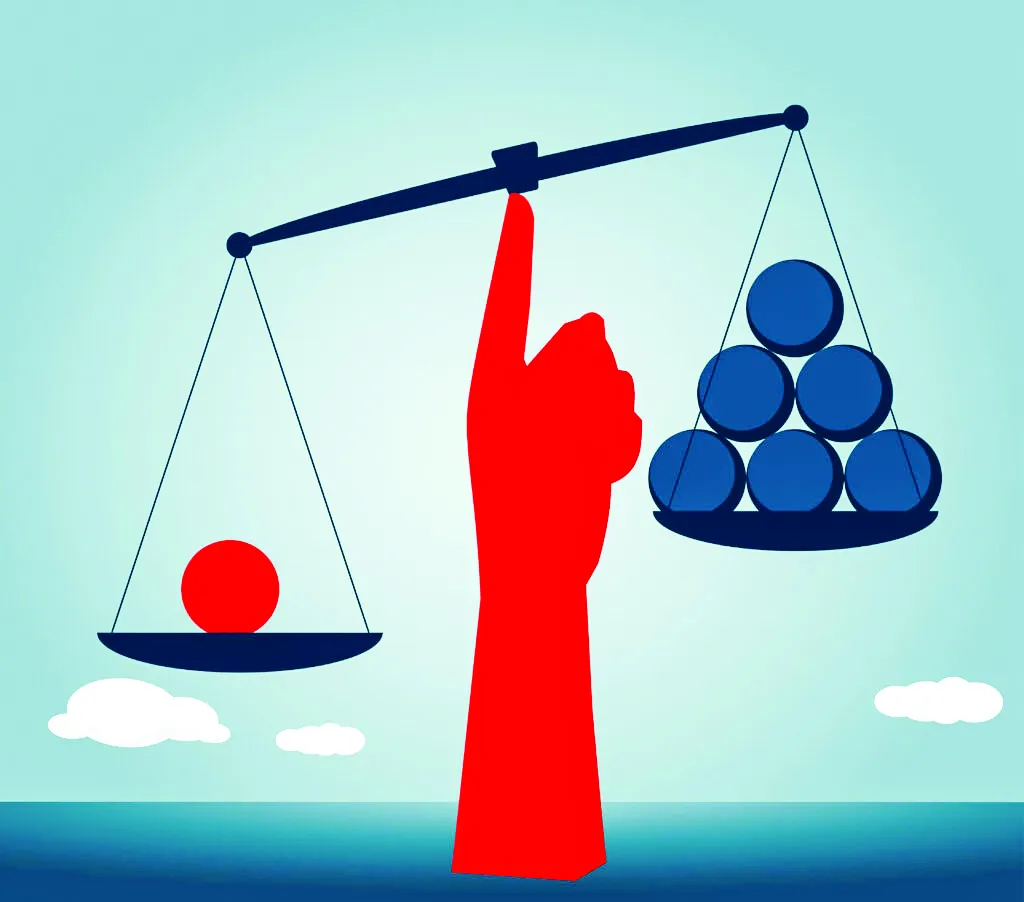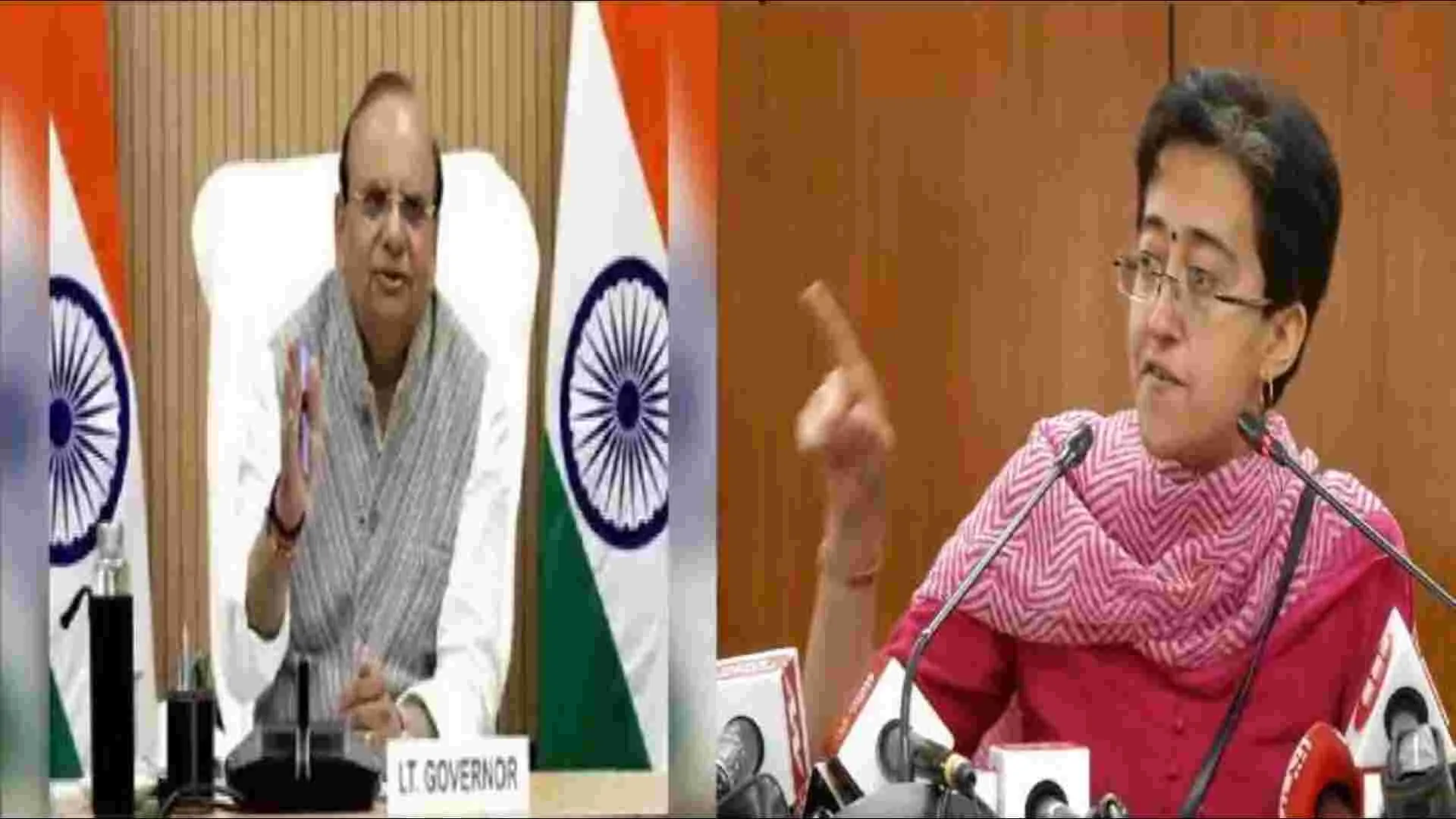For long now, some TV channels have been able to get away with highly polarised toxic content under the pretext that this is what gets them high viewership. And if this is what the viewers want, then why blame them? They would then bring out the TRP figures to back this argument. And ad agencies would then dole out advertisements to these same channels because, well, they get high viewership. At this point it would be interesting to note as to exactly how this “high” viewership is calculated.
It may come as a shock to those outside the industry that there is only one agency that is entrusted with calculating the TRP figures on which not just the entire media collects its revenue but also corporate India strategises its ad spend. Earlier it was the TAM Media Research, which was replaced in 2015 by the Broadcast Audience Research Council (BARC) which has stakeholders from the broadcast networks and advertising councils. This was after the Telecom Regulatory Authority (TRAI) framed policy guidelines for rating agencies and recommended self-regulation (2008).
Effectively all that happened was that one monopoly was replaced by another. Research figures from last year indicate that of the 20 crore TV owning households in India, there are only 44,000 people metres to gauge which channels are watched. And just 700 of these People-Metres monitor English news channels. And to top this recently we had Mumbai Police disclosing that some of these metres are rigged by paying viewers with metres, to stay on one particular channel only. After this revelation, BARC has decided to suspend its ratings for three months as it relooks the system.
While appearing on the NewsX show Roundtable, Kaveree Bamzai, former editor and media commentator, pointed out, “Industry needs to regulate itself. Sixty percent of BARC is owned by the IBF, so it›s about time the industry does something about it. It knows that the system is broken, it›s known about it since 1998 when TAM first began. It fiddled with it once thereafter and got a brandnew system, but everyone knew that it was not perfect.”
This has led to doubt as to whether the so-called high ratings actually reflected the reality of what the people wanted to see. As former editor and TV personality Vir Sanghvi commented on the same NewsX show, “There are two views, one is that the quality of debate in India has become toxic there is so much hatred on social media and TV in many ways is no more than a reflection of social media, many anchors are essentially trolls masquerading as TV presenters and many scripts are WhatsApp forwards. You can take that line and say the trolls have taken over. Or you can take an alternative line which is to say that India hasn›t changed that much. Take for example the Sushant Singh Rajput case. All of us were sad when he died but most of us have been taken aback and shocked by the conspiracy theories that followed. Could this be because the outrage was largely manufactured? If you look at the trolls on social media, go to their accounts, you will see that a suspiciously large number of them will be new accounts that exist only to tweet about this case.
So, you create a bubble where people get the sense that these feelings run really deep. This is then taken by television channels as being the truth and programmes echo the same message.” Channels that further sensationalise the story also end up being on top of the ratings, which makes the advertiser and the rest of India believe that maybe this is what people want to watch. However, if Mumbai Police is right, then this may not be the case. As BARC mulls over a new ratings system, it would be interesting to look at the source of media funding. I spoke to Manish Tewari, a former I&B Minister (2012- 14), on this. He told me on NewsX, “If I could quote a figure from 2012, this was a TAM figure, 93% of the people do not watch news channels. Only 7% of the people watch so you have 400-odd news and current affairs channels jostling in this space trying to make money. These are TAM figures. Globally the revenue model is 60 percent subscription and 40 percent ad revenues. Here it is 100 percent ad revenues. And you do not get ads if you do not grab eyeballs, which are measured by a faulty rigged currency called TRP which is generated by dodgy metres.” Manish also made another interesting revelation. That contrary to what we believe the bulk of the ad spend for the media does not come from the government but from the corporate sector. He said that while he was the I&B Minister he checked with the DAVP and found to his surprise that the Union government only contributed 5 percent of the advertising revenue of the ten biggest media houses in the country. If you add PSUs and state governments then this figure only comes to ten percent. “So, to believe that the government through advertising has a disproportionate control over the media is a myth. So, if corporate India puts its foot down and says we are not going to sponsor divisive and polarising content I think people would back off,” he added.
Recently we have seen some business leaders like Rahul Bajaj and Parle India state that they would not sponsor shows that promote divisive content. There is also a PIL pending in the courts against Amul India for sponsoring a show that is seen to be targeting the minority community. Hence steps are being taken in the right direction, however while, yes, the government share of the media revenue is not so high what the government can do is to nudge certain private firms to advertise in a particular channel, or not. That fear will remain as long as business entities depend on government support and channels do not get an alternate revenue source.
But first, let’s clean up the ratings game. For as Dilip Cherian, Image Guru, pointed out, “You will not have any growth in an atmosphere of toxicity. As the Tanishq advertisement showed, selling a product happens when you create an atmosphere of love, harmony and peace. That’s when prosperity will flow.” Perhaps this may happen in a world where the trolls are not allowed to have the last word, because we all know what they did to that Tanishq advertisement.


